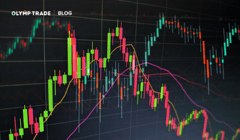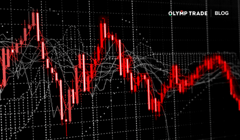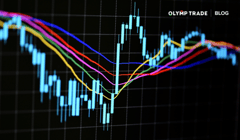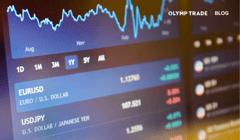Spread is a central element in Forex trading. Traders are keen to know and ask a lot of questions about it. While spread exists in various sectors of the financial market, this article will explain it in the context of Forex trading and highlight Olymp Trade’s offer relative to it. This way, it may be as informative as practically useful for traders.
What is Spread?
There are usually two prices on the financial instruments’ charts in most brokers’ trading terminals, Bid and Ask. The higher one is Ask, it’s the price you buy for. The lower one is Bid, it’s what you sell at. The difference between the two is spread. That is the technical definition of spread.
The financial one is that traders pay spread for trading on Forex. As such, spread is a transactional commission included in the price of a financial instrument.

What Affects Spread?
Broker sets spread on each financial instrument based on their chosen strategy. That’s why spreads differ across brokers.
Usually, the size of spread is directly related to a financial instrument’s risk profile. The greater the volatility, the wider the spread may be. The more stable it is considered, the tighter the spread will normally be.
In Forex, mainstream currency pairs such as EUR/USD, EUR/GBP, or GBP/USD are considered as relatively stable and not very volatile. In contrast, less traded and lower liquidity currency pairs frequently have higher volatility and, therefore, are of higher risk profile. These include AUD/JPY, USD/CHF, AUD/CAD, and CAD/JPY.
What Kinds of Spread are There?
Brokers frequently offer fixed and floating spread accounts.
With a fixed spread account, a particular spread is fixed on all financial instruments, and the market volatility no longer affects it. In this case, a trader knows that even if the market conditions change, he’ll pay the same spread to open trades. Therefore, this account type provides predictability of the process and makes it easier. This is the primary reason for its popularity among beginner traders as they can learn trading in the fixed set of market conditions.
However, usually, fixed spreads are wider, on average. Therefore, fixing the market conditions for a trader may come at a higher transaction cost.

With a floating spread account, the financial instruments’ prices are exposed to real-time market volatility. In this case, opening a trade a few seconds later on the same instrument may not offer the same spread. Exposed to the market volatility, traders have a less predictable environment, and, therefore, have to be more precise and time their trades well. That’s why floating spread accounts are more attractive to experienced traders.
At the same time, floating spreads are often tighter than the fixed ones. Therefore, while exposing traders to higher risks, this type of spread may result in lower transaction costs.
Mid Price, No Spread with Olymp Trade
Olymp Trade’s platform doesn’t function on the basis of Ask and Bid. Instead, there is a Mid price, an average between the two.
On the one hand, it brings simplicity to reading the charts. There is no more confusion between Ask and Bid price.
On the other hand, it resolved the issue of transaction costs. Instead of spread, there is a commission on each trading instrument. Together with the overnight fee, these are all the commissions on the Olymp Trade platform.
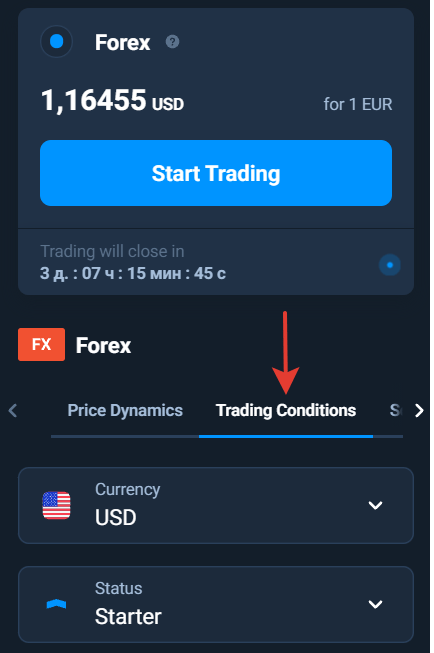
Therefore, with this approach, traders have a predictable and clear trading environment with low transaction costs. Effectively, this approach provides traders with the advantages of spread-on account types in combination without their drawbacks.
Conclusion
Spread is the difference between Ask and Bid prices. It may be fixed or floating. The fixed one brings predictability but may cost more. The floating one may offer more risk but cost less.
Olymp Trade offers trading based on Mid price. Instead of spread, there are commissions on trading instruments. This approach lowers transaction costs and adds predictability to trading.
Olymp Trade clients can get detailed information about all commissions on a specific asset, for example, the EUR/USD currency pair. Detailed information about Forex trading as well as other trading mechanics of our platform can always be obtained from the Help Center. And, of course, if necessary, our Support service will always be there to help you.

